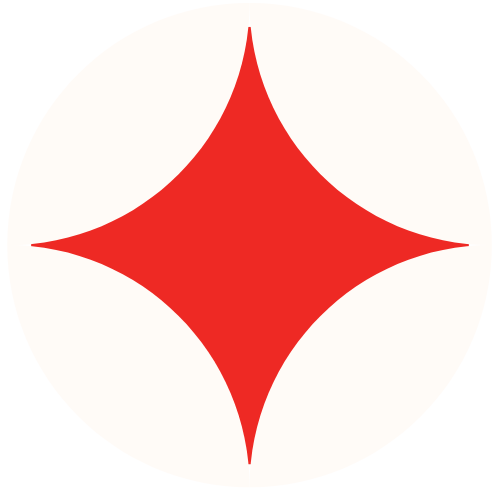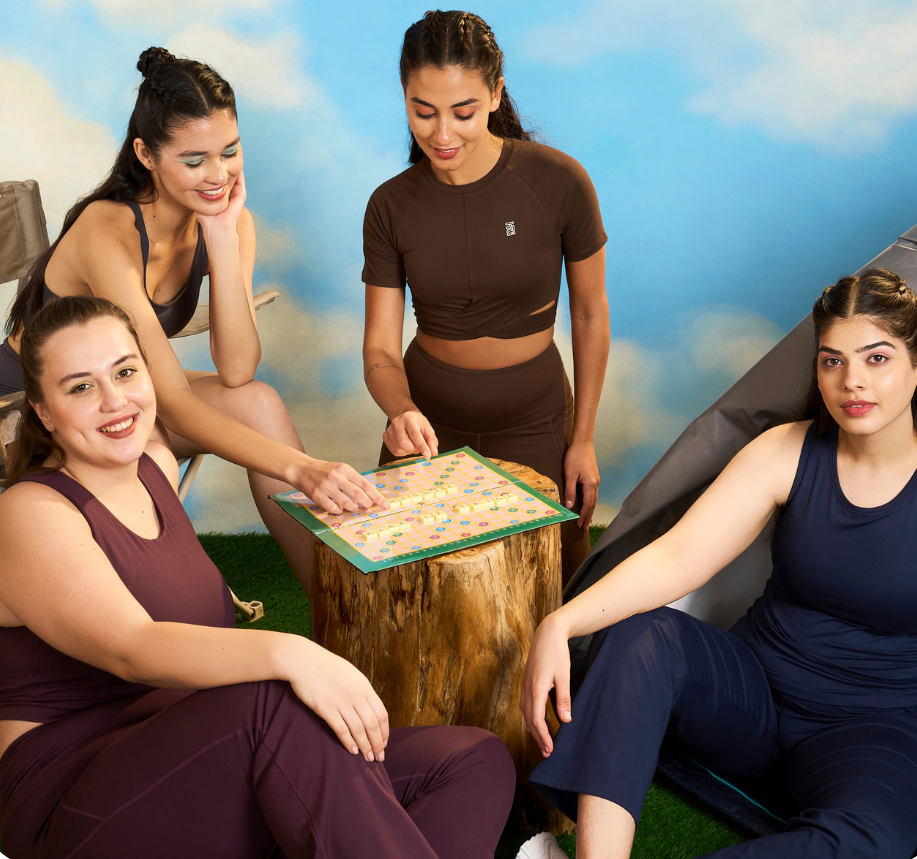4-Way Stretch vs. 2-Way Stretch: What It Means for Your Workout Wear
Your workout experience depends heavily on stretch fabric quality. Nobody wants clothes that restrict movement at the time they're lunging, stretching, or sprinting. 4-way stretch fabrics stand out from standard materials. These fabrics extend in all directions—lengthwise, widthwise, and diagonally—and give you maximum flexibility to move freely during intense workouts.
4-way stretch fabric and 2-way stretch fabrics made from natural fibers like cotton or wool work well for casual wear. However, 4-way stretch fabric delivers better performance for active pursuits. The fabric's higher stretch percentages and faster recovery times make it perfect for compression garments. Knowing the differences between these fabrics is significant, especially when you have to shop for stretch fabric pants. pants offer better breathability and moisture-wicking properties than their 2-way counterparts. On top of that, activewear, swimwear, and athletic clothing manufacturers prefer 4-way stretch because it has exceptional elasticity and can handle greater strain during movement.
Understanding Stretch Directions in Fabric
Fabric elasticity boils down to two elements: fiber content and construction technique. Your workout clothes' stretch capabilities affect how well you perform, how comfortable you feel, and how long they last. This makes it crucial to understand what happens when your clothes flex with your movements.
Fabric elasticity falls into three categories based on stretch directions: one-directional, two-directional, or multi-directional. These patterns determine your clothing's response to body movement.
Main types of stretch fabric:
- 2-Way Stretch Fabric: This material stretches in just one direction—either horizontally (side to side) or vertically (up and down), but not both at once. The stretch usually runs from selvage to selvage (the finished edges of fabric). Stretch denim jeans use 2-way stretch to give you flexibility around your waist and hips while keeping their structure.
- 4-Way Stretch Fabric: This premium material flexes both horizontally and vertically to give you maximum flexibility everywhere. These fabrics can extend crosswise and lengthwise, which creates better elasticity and makes them perfect for high-motion activities.
The stretch happens because of an interlocking molecular structure. Manufacturers blend elastic fibers like spandex with base fibers such as polyester or nylon. Special knit structures combined with spandex create the perfect stretch matrix that allows movement in multiple directions.
You can test fabric elasticity at home. Put the fabric on a ruler and press down with moderate pressure—how far it moves shows its elasticity. Four-way stretch fabric can expand up to 400% of its size, depending on materials and manufacturing.
Recovery properties vary by a lot between types. Two-way stretch fabrics might not bounce back to their shape after stretching. Four-way stretch fabrics snap back after being stretched and keep their fit and appearance longer.
The knit construction plays a vital role—many knit fabrics (but not all) give you 4-way stretch options. You can easily calculate the elasticity percentage: (Stretched width - Original width) ÷ Original width × 100.
These differences help you pick the right fabrics that match your workout needs and give you the movement range you want.
Key Performance Differences for Workout Wear
Your workout clothes need more than just good looks - performance features make all the difference. The gap in flexibility between 2-way and 4-way stretch fabrics affects your exercise results in vital ways.
-
Flexibility and Range of Motion: Movement capability creates the main difference between these fabrics. Four-way stretch fabrics expand lengthwise and crosswise to give unmatched elasticity. These fabrics let you move freely, which you need for full-body activities like yoga, dance, or high-intensity interval training. Two-way stretch fabrics only extend one way, usually side-to-side, and this limits certain movements.
- Recovery and Shape Retention: Fabric bounce-back time plays a key role in lasting performance. Four-way stretch fabrics snap back to shape faster after stretching. This quick recovery stops sagging and keeps compression steady throughout your workout. Two-way stretch fabrics last longer because they resist overstretching, but they take more time to recover their shape.
- Comfort and Breathability: Four-way stretch fabrics use more elastane (15-25% compared to 5-10% in 2-way stretch) and feel like a second skin. All the same, breathability matters a lot - 4-way stretch fabrics let more air through than 2-way options and move sweat away better.
- Moisture Management: Quality 4-way stretch fabrics come with moisture-wicking technology that pulls sweat to the outer surface. This keeps you dry during tough workouts and stops that heavy, wet feeling you get with materials like cotton or wool.
- Durability Considerations: Four-way stretch fabrics might wear out faster if you overstretch them often. Cold water washing and skipping fabric softeners help them last longer by keeping the moisture-wicking pores clear.
The fabric mix affects performance by a lot: 4-way stretch usually combines synthetic fibers like polyester or nylon with extra spandex, which gives you more stretch while keeping the shape.
Choosing the Right Fabric for Your Workout Needs
The right stretch fabric matches your workout routine's specific needs. Your exercise type and intensity are vital factors in choosing between 4-way or 2-way stretch fabric.
4-way stretch fabric excels in high-intensity workouts with full-body movements. This material bounces back quickly and stretches every way you move. Yes, it is the top pick for activities that need a wide range of motion like yoga, where you flow through different poses.
Yoga pants made with four-way stretch give you "unparalleled flexibility and comfort" - a must-have for challenging poses. The fabric "contours to your body, reducing friction and irritation" and provides that "second-skin feel" yoga enthusiasts love.
2-way stretch fabric suits casual wear and simpler movement patterns better. These fabrics "stretch in only two directions, typically the weft and warp directions" and are "popular in applications where stretch is required in one direction only."
Your workout wear choice should include these key factors:
-
Breathability: Pick fabrics that let your skin breathe, especially during sweaty workouts
-
Moisture-wicking: Go for materials that move sweat away from skin—most 4-way stretch fabrics do this naturally
-
Durability: Choose fabrics that stay strong even after lots of stretching
The fabric's makeup affects how well it performs. The best activewear uses synthetic blends with "nylon, polyester, rayon and spandex." These materials give you "stretchability, quick-drying and ensuring a full range of motion."
Comfort should guide your final choice. The right stretch fabric moves with you freely, handles sweat well, and keeps its shape workout after workout. These qualities help you get the most from every session.
Conclusion
The choice between 4-way and 2-way stretch fabric comes down to your workout style and how you move. Four-way stretch fabrics shine in activities that need full range of motion. They flex better, bounce back faster and handle sweat well. These fabrics stretch in every direction, making them perfect for yoga, HIIT, or any high-energy workout.
Two-way stretch fabrics still make sense for workouts with basic movements. They give enough flex for simpler exercises and tend to last longer. The main difference isn't just about which way they stretch - it's about how they work when you push them hard.
Your comfort should drive the decision. Workout clothes need to work with your body's movements. The right fabric boosts your performance by letting you focus on exercise without distractions. A good balance of breathability, sweat control and fit creates the best workout experience.
Next time you're picking workout gear, think over the moves in your routine. This quick check helps you decide if 4-way stretch is worth the extra cost or if 2-way stretch does the job. Finding workout wear that helps your fitness experience matters more than anything else.



